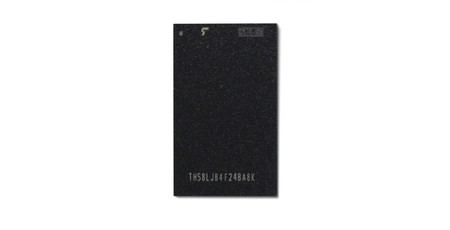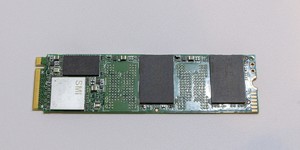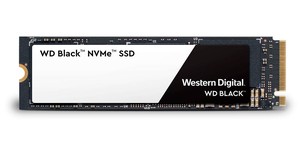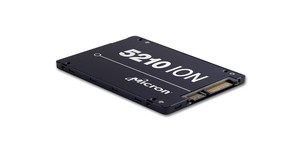Western Digital, Toshiba announce BiCS4 QLC flash
July 20, 2018 | 11:08
Companies: #toshiba #western-digital

Toshiba and Western Digital have announced the latest result of their joint Bit-Cost Scalable (BiCS) NAND flash development project: A move from the triple-level cell (TLC) technology of their initial BiCS4 implementation to quad-level cell (QLC).
Based on a three dimensional structure built up to an impressive 96 layers, BiCS4 was announced back in June last year using triple-level cell (TLC) technology to create 32GB NAND flash chips with the promise of 64GB chips to follow - an impressive 40 percent capacity increase over the 64-layer BiCS3 technology. Today's announcement, though, sees Toshiba and Western Digital - which are continuing to develop the technology jointly, despite some legal trouble between the two - switch to quad-level cell (QLC) technology for a considerable capacity boost.
'Leveraging Western Digital’s silicon processing, device engineering and system integration capabilities, the QLC technology allows 16 distinct levels to be sensed and utilized for storing data,' explains Dr. Siva Sivaram, executive vice president for silicon technology and manufacturing at Western Digital. 'BiCS4 QLC is our second generation four-bits-per-cell device, and it builds on the learnings from our QLC implementation in 64-layer BiCS3. With the best intrinsic cost structure of any NAND product, BiCS4 underscores our strengths in developing flash innovations that allow our customers’ data to thrive across retail, mobile, embedded, client and enterprise environments. We expect the four-bits-per-cell technology will find mainstream use in all these applications.'
Allowing for 166GB of storage capacity per chip, Toshiba claims it will be able to build devices based on the new BiCS4 QLC in 16-chip stacked architectures for a total storage capacity of 2.66TB per package - a prototype of which will be shown off at the 2018 Flash Memory Summit this August, the company has promised.
Western Digital, meanwhile, has pledged to release commercial products featuring the chips before the end of the year, starting with consumer-oriented devices marketed under the company's solid-state-focused SanDisk subsidiary. A precise launch date, however, has not yet been provided.

MSI MPG Velox 100R Chassis Review
October 14 2021 | 15:04








Want to comment? Please log in.